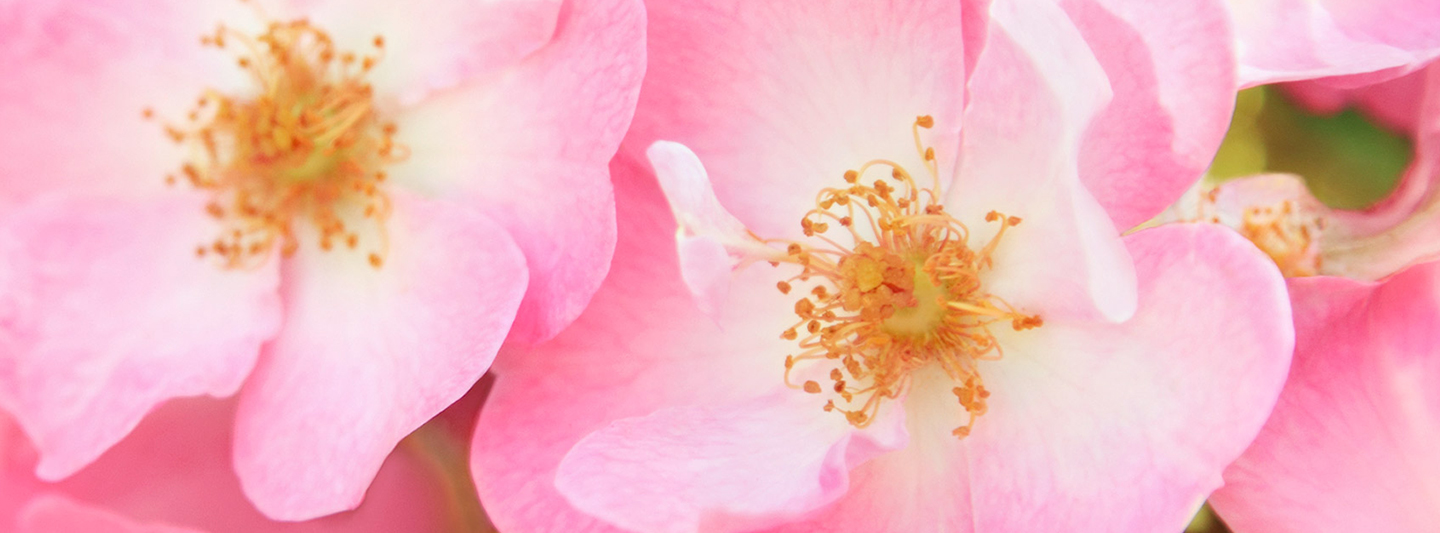- Shop
- Natural Ingredients
- Natural Ingredients
- Almond
- Arnica
- Birch
- Calendula
- Citrus
- Evening Primrose
- Iris
- Lavender
- Millet
- Oat
- Pomegranate
- Prickly Pear
- Rosemary
- Sea Buckthorn
- Wheat
- White Mallow
- Wild Rose
- About us
- Product Range Details
- Product Range Details
- Aroma Showers Rituals
- Indulgent Bathing Rituals
- Health and Wellbeing
- Health and Wellbeing
- Natural help for hayfever
- Menopause Top Tips
- Offers

Wild Rose
The untamed beauty with harmony as its strength
Queen of flowers, ambassador of love, symbol of beauty and purity – no other flower fascinates us as eternally as the rose.
It’s no wonder that the rose enjoys almost legendary status among flowers - even the ancient Babylonians cultivated rose blooms to produce scented ointments from their petals. In early China roses were specifically grown in terraced plots, as they knew about their regenerating effect. At the time of the great Emperor Charlemagne, people used rose petals for gargling and for healing baths, while distillation of precious rose oil was probably invented in Persia. The essential oil was considered extremely valuable as its recovery was – and is – enormously costly. It takes three million flowers to produce one litre of rose oil. Today there are countless varieties and scents, with approximately 150 species of wild rose, almost two-thirds of them from Asia.
Balanced between beauty and strength
The inner values of rose plants are just as significant – and they are particularly strong in their wild forms. The wild rose easily keeps its balance between smoothness and robustness, demand and adaptability. When cultivated, roses externalise their vitality and image of harmony through their singular beauty and bewitching scent. Wild roses, on the other hand, internalise their life forces and develop the inner essences which create valuable rosa mosqueta seed oil.
With its many thorns, the wild rose reins itself in, restraining the impulses that urge growth outward. In this way an inner balance is formed. The demonstration of this harmony lies in the fruit of the wild rose – the rosehip is in particular ‘wrapped up’ in its seeds.
Our skin’s health also benefits from the roses’ balancing skills. The core rosa mosqueta oil soothes and smoothes the skin, while the scent of damask rose harmonises the mood. We use the wild rose variety rosa mosqueta and her red rosehip fruit in our skin care line for Wild Rose Face and Body. The seed oil of rosa mosqueta is one of the most effective oils to smooth the skin. Especially after the age of 30, when the skin is becoming gradually more demanding and dry, the strength of our Wild Rose Skin Care range takes effect.